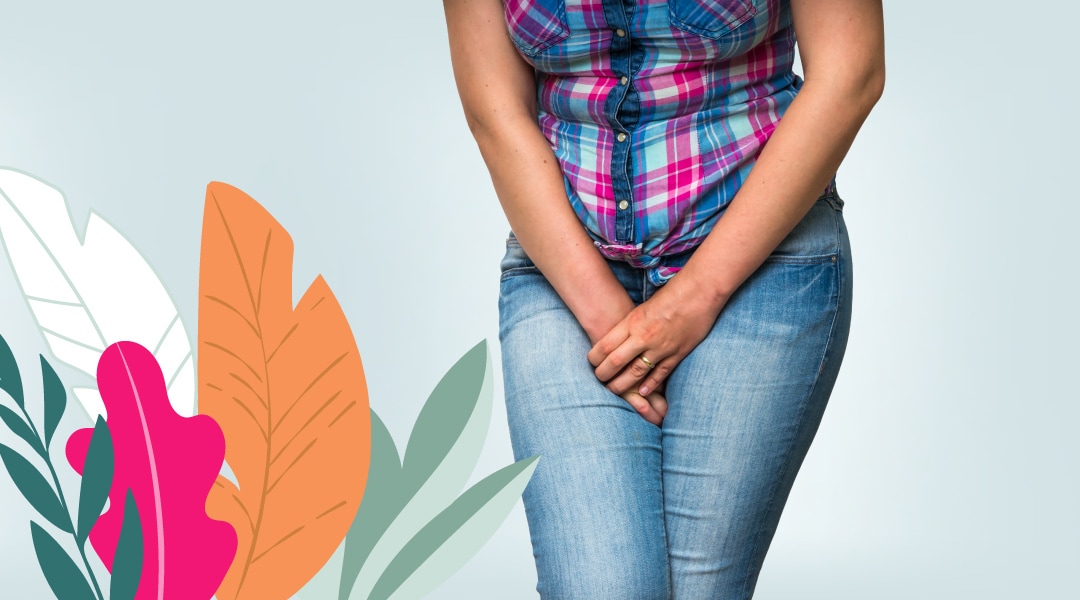
Reach Out To Us About Types of Incontinence Or Call Us At 647.691.6395
Types of incontinence (yes, there is more than one!)
After years of silence around pelvic floor health, particularly as it relates to women’s bodies, the stigma is slowly but surely being erased. The scientific and medical communities are dedicating more research into these issues, and references are showing up in mainstream media. Finally, women who experience leakage or “peeing a little” have materials to educate themselves and they’re learning what we at Corelife Wellness already know—that incontinence is common but it’s not normal.
The first step to building an appropriate and effective treatment plan is understanding the nuances of your individual issue, and that requires a mini-anatomy lesson. If you haven’t already, check out Get to know your pelvis to learn more about your body. Now, let’s talk about the five major types of incontinence.
1. Stress urinary incontinence
Stress urinary incontinence is a mechanical problem requiring a mechanical solution. Don’t worry—we’re not suggesting your become RoboPelvis. To understand this issue you need to know that we actually have two sphincters that help us control our urethral closure. Mind blown, right? The internal sphincter is autonomic, which just means that it’s not within our control. The second is external and controlled by your pelvic floor. This is what you squeeze when you stop peeing mid-stream. Stress urinary incontinence can become a problem if your second sphincter gets torn or damaged, as can happen during childbirth. With only one sphincter operating properly, it’s no wonder you might experience leakage.
Solutions will vary but they’re all mechanical in nature, meaning you need to re-empower that muscular sphincter that isn’t working so well. This is most effectively sorted out by pelvic floor muscle training and other “adjuncts” to enhance pelvic floor fitness development. However, using a continence pessary may work better for some women in certain instances. If conservative care doesn’t work, this is when surgery would be considered.
2. Urge incontinence
This common type of incontinence is a physiological problem that develops from an overactive or hyperactive bladder. In these cases, the bladder is more likely to randomly contract—to turn on and stay on—which is when urine comes out. Common symptoms include having to pee too frequently (such as every hour) or getting up frequently at night to pee. The over active bladder means people feel the sensation to urinate when their bladder is not actually full or their bladder will just contract on them when they are least expecting it. So, this really is more of a bladder muscle problem. There pharmaceutical treatments for urge incontinence but all experts agree that these should not be tried until conservative options have been tried, since these are safer and actually much more effective. At Corelife Wellness we offer the full menu of options needs to retrain the bladder and the pelvic floor so you are controlling your bladder and it is no longer controlling you.
3. Mixed incontinence
As the name suggests, mixed incontinence is when there’s a combination of stress and urge issues, meaning lack of pelvic floor fitness and hyper-active bladder muscle. Women with this “mixed” situation are often in a habit of “peeing just in case” as a means to micromanage a pelvic floor that is not as fit and functional as it used to be. Pelvic floor muscle training along with behavioural modification are quite effective for those with mixed incontinence – at Corelife we have you fully covered once again!
As a women’s health centre, we focus on the issues above but also want to include these final two types of incontinence to make sure you have all the information you need.
4. Overflow incontinence
This kind of incontinence, which is the involuntary release of pee without feeling an urge, due to the bladder having filled beyond capacity is primarily associated with men and changes in their prostate gland.
5. Functional incontinence
In these cases the incontinence has more to do with a person’s general mobility and ability to get to a toilet on time rather than pelvic floor or bladder health. A person suffering from functional incontinence may have accidents simply because they could not get to a bathroom in time.
Learn more about our workshops and services
